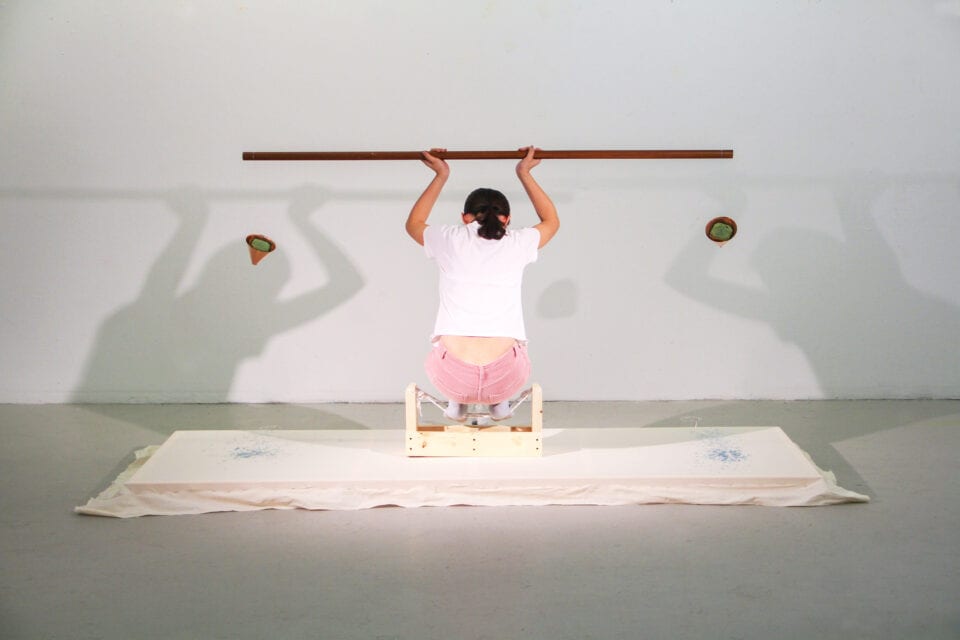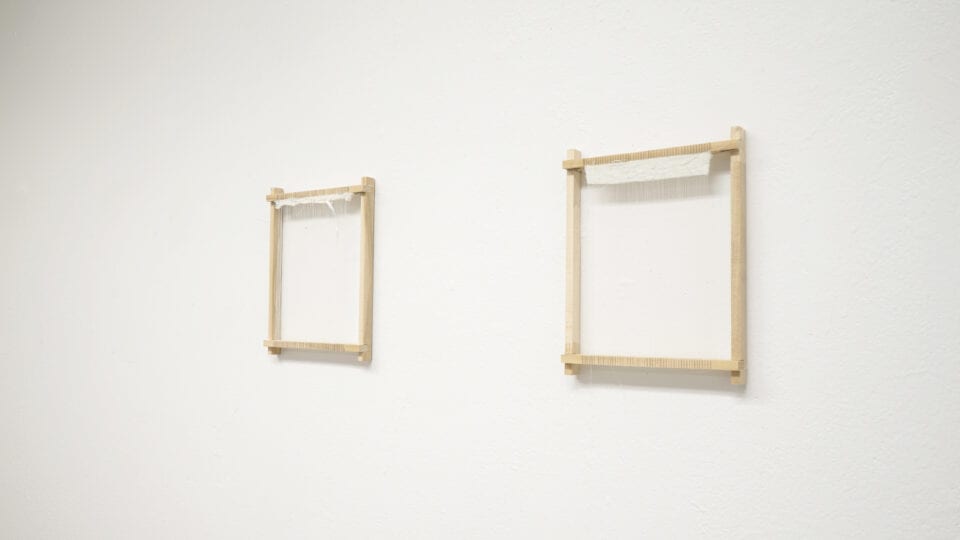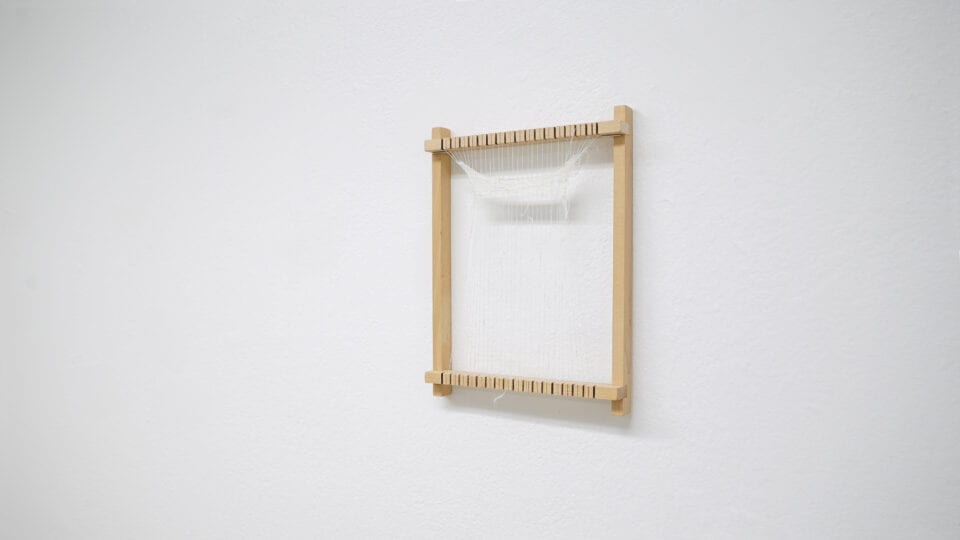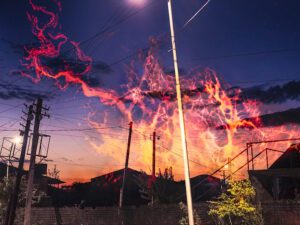Rui Sha is an interdisciplinary artist with a focus on sculpture and new media. A background as a furniture designer in her native Beijing and an MFA from the School of Art Institute of Chicago have influenced her art practice. Video and nature soundscapes are combined with objects fabricated in natural materials to become carriers of emotional expressions.
A: You hold an MFA in Art & Technology Studies from the School of the Art Institute of Chicago. How are you applying your studies to your current art practice?
RS: I think what really impacts my art-making process is that I learned how to work with other peer artists and listen to their advice and critiques while I was in grad school, and I carried that into my art career after graduation. I have formed a really strong art community which is all because of my studies at the SAIC.
A: In Issue 97 of Aesthetica, we feature work from your project Catching the Moonlight. Can you tell me the story behind the creation of this work?
RS: So I had just moved into this new apartment at the time, and there was one day when I was lying in my bed and trying to sleep. The moonlight was so bright and it came through the blinds and was shining softly on the wall. I felt so calm and fulfilled at that moment, so I wanted to preserve this moment of my life by representing this natural phenomenon through art.
A: Has your background in furniture design influenced the projects you create today, such as those in Trace or Catching the Moonlight?
RS: Yes, definitely. I worked a lot with natural materials while I was working with furniture. Like wood and fabric, those two materials play a huge role in my art. They are my go-to materials when I’m trying to create new works, and they both heavily embedded in the concept of my art. The two works you mentioned and other sculptural works are mostly built by common furniture materials poplar wood.
A: What led you to working with natural materials throughout your practice and what does this choice represent to you?
RS: One big reason is from my furniture background, because I’m really familiar with those materials. I was still very new to making art and experimenting with how to create art at that moment. This familiarity with natural materials helped me with making connections between concepts and art forms. It gives me visual consistency when I’m using those materials because they’re all come from nature.
A: You’ve noted that “The natural materials that she is bringing in, become the carrier of emotional expression, rather than a construction frame” – can tell me more about this?
RS: It’s very natural for humans to have connections with nature, and when I’m trying to express the feelings and emotions of humans, these connections can manifest in a really powerful way even though the colours and shapes of the materials I choose are very subtle and soft. I want audiences to focus on the feelings when they are experiencing the artworks rather than the structural part.
A: How do you incorporate video and nature soundscapes into your work, and what led you to making this decision?
RS: I always love the crunching sound of a foot stepping on dry leaves. So I started the work Sprout when I was planning to leave my hometown for grad school; I wanted to do something to preserve my memory of my hometown while I was away. Transferring the sound of crashing dry leaves into videos is like when you’re leaving your hometown for a long time, you would want to take portraits of your loved ones with you because you want to have an object about them that is not going to fade away in a second to hold onto.
A: Is there a connection between your projects – between Where I Started and Moving Forward, for example?
RS: Yes, I started the Where I Started first as an experiment and then worked towards Moving Forward after that piece, so the names basically tell the process of how I made those pieces.
A: Which of your installations or projects has meant the most to you? What did this piece represent for you?
RS: I would say Trace. I got the chance to exhibit this work in Krasl Art Center in Michigan a few years ago. Because it was the first work that I exhibited outside of campus, the first time presented myself as a professional artist and the first time received so much positive and touching feedback from viewers. Even though it’s not my first artwork, it means a lot to me, and that experience is still motivating me to make art and connect with audiences.
A: You’ve noted that “the objects which are formed by raw materials represent an infinite duration across time and space.” Has your personal perception of time and space changed during the last year/during the pandemic?
RS: This is a very good question because I’ve been thinking a lot about my art and how the pandemic impacts my work direction. I used to work in my studio or woodshop, and I stopped working in the studio last year because of the pandemic.
I initially thought that staying in one place without going out slows down your perception of time, because you suddenly have so much time saved from the daily commute, going out to meet friends, going to events, etc. But after almost a year of lockdown, I actually feel that time flows by so fast that I don’t even have much of the memory of the past year.
This perception paradox of time also applies to space. I feel my apartment is so small compared with the sky outside of my window. At the same time, because you’ve been spending so much time in one space, even some tiny little details have expanded my understanding of my own apartment.
Images: all images are courtesy of the artist.
The work of Rui Sha appears in the Artists’ Directory in Issue 97 of Aesthetica. Click here to visit our online shop.












